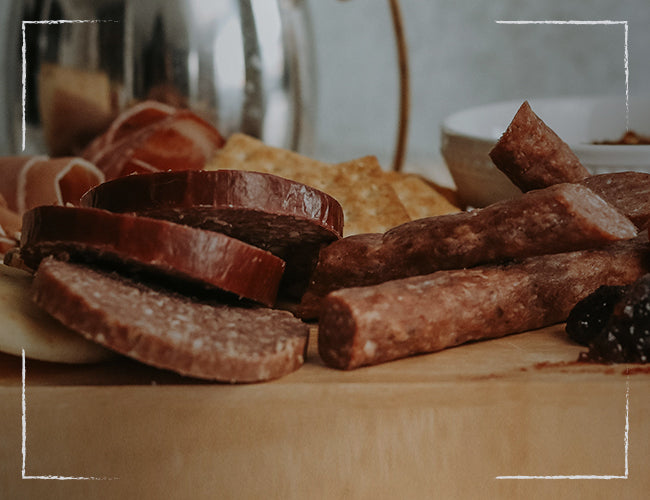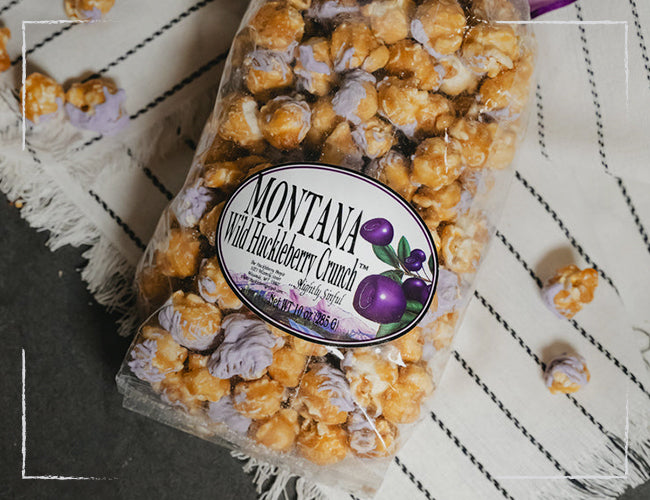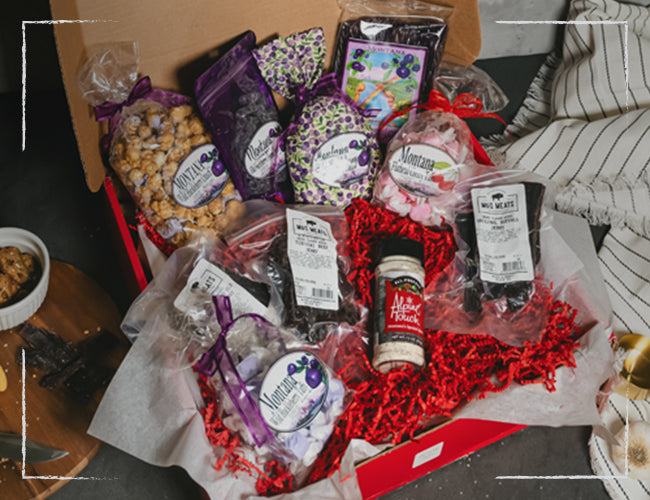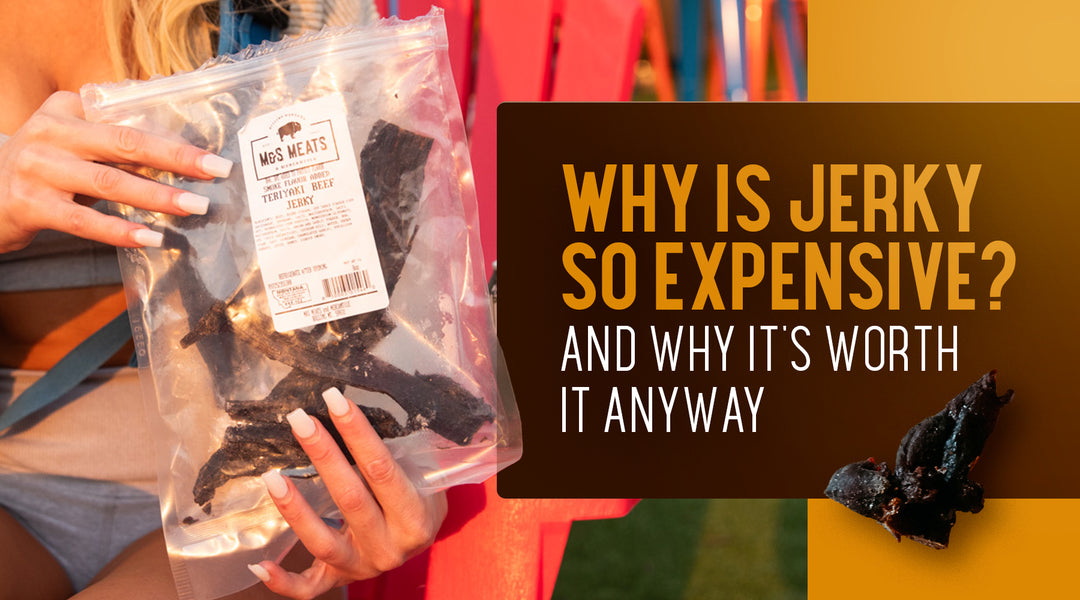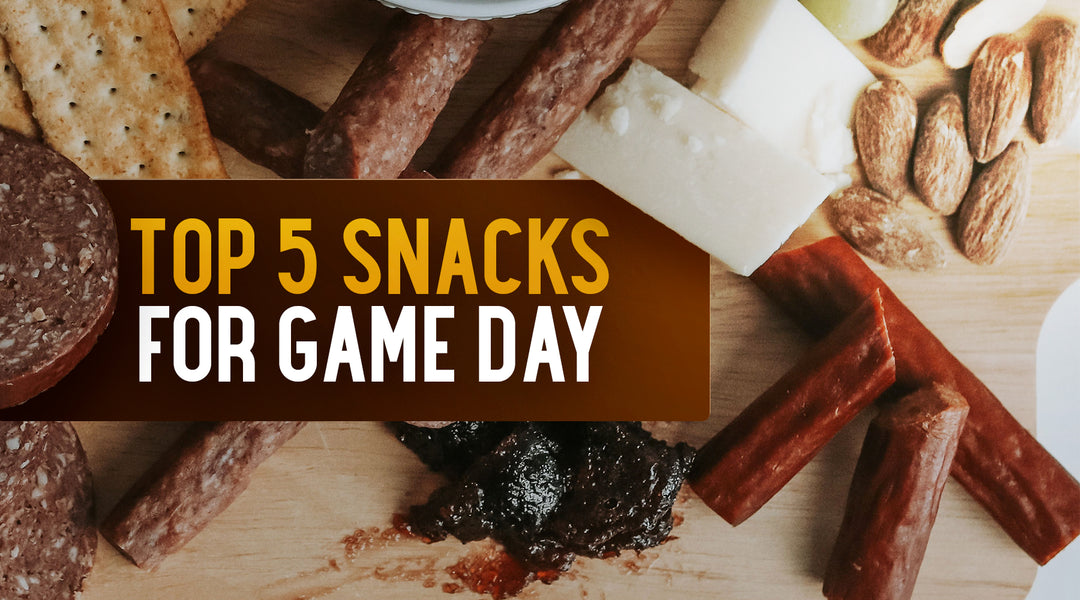Why does beef jerky cost so much?

We often get asked the question, why does jerky cost so much? It’s so delicious, and so satisfying but with prices increasing for everyday living, it can be harder to find room in the budget. You may be wondering "why jerky is so expensive?"
To help explain why jerky is expensive, we wanted to dive into the reasons and help you make a more informed decision about whether to buy jerky and which jerky is right for you.
The costs of beef jerky come down to a few main areas:
- High raw beef costs
- High quality ingredients
- Hand made processes
- Machinery and labor
- Dehydration process itself

High raw beef costs

Beef is an inherently expensive commodity. There’s no way around it. It takes a long time to raise and feed a cow before it is ready to eat. Simply put, it’s a luxury and we treat it that way. So for us every batch is carefully crafted and nothing is wasted. The level of craftsmanship that goes into every batch is our way of showing respect.
Beef jerky water weight
It takes a lot of beef to make a little jerky. Imagine you start with ten pounds of premium steak. Once you trim off the fat and any gristle, you’ll lose a couple of pounds. By the time you’ve marinated and cooked your jerky, you lose any water weight from the jerky too so you can end up with closer to three pounds. You still paid for 10 pounds worth but the output is much less.
Beef jerky meat quality
Not all jerky is created equal and the TYPE of meat you use makes a huge difference. Many brands use offcuts and smaller pieces of beef and it is combined together to make a meat paste. They mix in fats and fillers and then form it into meat shaped pieces. It results in a greasy product that lacks the authentic texture and flavor of genuine jerky.
We don’t make jerky like this. When producing jerky, we only use top round meat. These lean cuts of meat come with a higher price tag but we believe it makes for a better quality product.
Imported meats
Some companies try to cut costs by importing beef from other countries, but they still label their products with phrases like “Manufactured in the USA” or “Packaged in the USA.” This can give the impression that the jerky is made entirely in the United States, but often, it’s actually produced elsewhere and only brought here for the final packaging. It’s a way to make consumers think they’re getting a fully American-made product, even when that’s not really the case.
Now there’s nothing inherently wrong with this practice, it’s just not how we like to do things. We just believe in sourcing our beef from the USA and working with it in the USA. By doing so, it supports our farmers and keeps our land prosperous.
We believe the quality of raw ingredients really makes a big difference in the end product and our customers keep coming back because they value this too.
High quality ingredients

Speaking of raw ingredients, this is the second factor driving the cost of beef jerky. It’s not just what’s on the inside that counts, it's the marinades and spices that give jerky its unique flavor.
These spices and marinades used come from all over the world but like everything, there are no shortcuts to quality when it comes to the raw ingredients used in our jerky. High quality ingredients don’t come cheap. Whether it’s black pepper or our famous teriyaki blend made from imported spices, the cost of marinades and flavorings add up.
Hand made processes

Making millions of servings of beef jerky each year by hand is no simple task. Would it be easier to rely on complex machinery and production lines? Probably, but that’s not how we like to do things. We believe that a hand made product is a better product, especially when it comes to what we consume.
We’re proud to still hand cut, hand hang our jerky. In many of our packages you can still see the hook holes from where we put our pieces of meat in the jerky drying racks. It’s the long way of doing things but it means a superior quality product that is made with the same care and attention that we’ve been doing since 1945.
Machinery

Producing jerky at scale requires industrial dehydrators, packaging machines, and sometimes even specialized curing processes, all of which are expensive to buy, maintain, and operate.
Of course, there are significant expenses in having world class facilities like electricity and rent. The cost of jerky reflects these costs.
Labor

Of course, on top of all the ingredients, artisanal jerky requires a significant investment of skilled labor and time.
From hand-selecting quality cuts of meat from local farmers, to slow-curing and smoking each piece, the process is labor-intensive and meticulous.
This attention to detail is at the heart of the elevated cost of artisanal jerky - it requires a lot of human effort, not just in production but also in quality monitoring. Of course, when you create anything by hard it takes longer but our 100,000+ customers agree that it tastes better as a result.
Is making your own jerky cheaper?
Is homemade beef jerky cheaper? Well, it can be - especially over time. While you’ll need to invest in a good dehydrator and some quality ingredients to get started, the savings can add up with each batch. Just remember, though, you need to consider all the time and effort involved, so if you’re in it for convenience, sticking with the store-bought stuff might still be the way to go.
Summary
- The type of meat used in the production process significantly affects the nutritional content and taste of the final product. Opt for brands that use whole cuts of meat rather than offcuts and fillers.
- Consider where the meat comes from. Pay attention to labels like "Packaged in USA". Brands that source their meats locally tend to have a lower carbon footprint compared to those sourcing globally. It also helps support our farmers and American jobs.
- Price is often reflective of quality. While cheaper options may seem tempting, they are likely made with lower-quality ingredients and might not provide you with all the benefits you expect from a high-protein, low-fat snack.
- Artisanal brands usually prioritize quality over quantity. They utilize top round cuts of meat and support local farmers which results in higher nutritional value products with richer flavors.
So next time you wonder, “Why is beef jerky so expensive?” you’ll know. As with many things in life, when it comes to jerky you get what you pay for. We’re proud to hand make jerky in Montana the same way we’ve done so since 1945.
FAQs
Why is beef jerky more expensive than other snacks?
Beef jerky costs more because of the high-quality meat used, the labor-intensive process, and the dehydration that shrinks the beef by about two-thirds. These factors, plus the use of premium spices and marinades, all contribute to the higher price.
Does the type of beef used affect jerky prices?
Yes, the type and quality of beef significantly impact the cost. Premium cuts, like top-round, are leaner and have a better texture, but they come with a higher price tag compared to cheaper offcuts and meat fillers used in some mass-produced jerky.
Is homemade beef jerky cheaper to make?
Making jerky at home can save money in the long run, but there are upfront costs for a dehydrator and quality ingredients. The process is time-consuming, so if convenience matters most, buying pre-made jerky may be a better choice.
Why do some brands of beef jerky cost more than others?
Higher-priced jerky often reflects better-quality ingredients, hand-made processes, and locally sourced meat. Artisanal brands prioritize quality over quantity, which often results in a more flavorful and nutritious product compared to cheaper, mass-produced options.
What’s the difference between premium and cheaper jerky?
Premium jerky typically uses whole cuts of meat, minimal additives, and high-quality marinades, which create a richer flavor and better texture. Cheaper options may include fillers, lower-quality cuts, and artificial preservatives, often affecting both taste and nutritional value.





